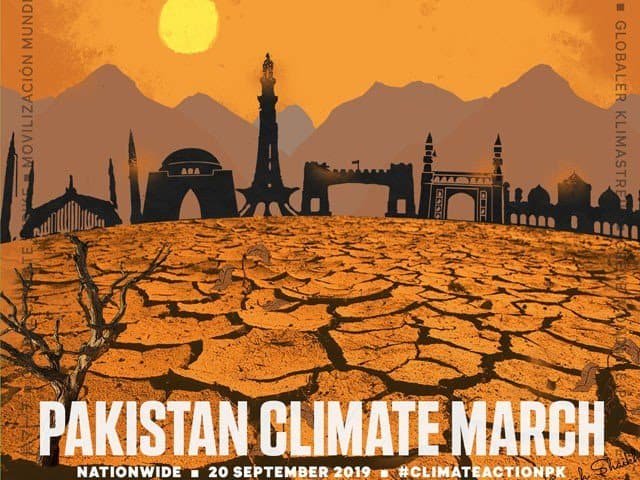We march because the climate crisis is existential. It involves us all, but not individually.
The United Nations General Assembly (UNGA) is to convene on September 27. One week ahead of the run-up to the assembly, children, students, environmental activists, NGOs and the civil society are conducting a ‘Climate March’ to draw attention to the crisis.
Not just in New York, but in hundreds of cities across the globe.
Why? The facts are staggering. Since agreeing to reduce greenhouse gas (GHG) emissions through the United Nations Framework Convention on Climate Change (UNFCCC) in 1992, the world has only produced more GHGs.
Global temperatures are increasing, with each month breaking historical records; carbon concentrations in the atmosphere have shot over 400 parts per million – not seen in the past 850,000 years. Back then, there was a species extinction event. With animal, bird, insect and plant varieties in rapid decline, we are now facing the sixth extinction event.
Just this year, there were wildfires in the arctic – something that has never happened before – and the scale of the ice melt in Greenland – 12.5 billion tonnes in one day in July, which wasn’t supposed to happen until 2070.
We are seeing the global climate tilt and lose balance before our eyes; hence, the march.
We are marching because the everyday discourse in Pakistan doesn’t register the climate crisis. People don’t know how bad it is or will be.
Consider this: the half-degree difference between the limit of 1.5°C temperature increase envisioned by the Paris Agreement of 2015 and the 2°C limit envisaged by the Kyoto Protocol, means approximately 150 million deaths by 2060. That’s more than the lives lost in all the wars and battles fought in the 20th Century. And most of these deaths will be due to air pollution resulting from GHG emissions produced in the metropolitan areas of Asia and Africa.
So unless we deal with the smog and air quality in North India, many of those 150 million lives will be lost in Pakistan and India.
We are marching because of climate justice. By far, the responsibility of historical GHG emissions rests in the Global North, and within the hands of only a dozen or so businesses that have made, to paraphrase Greta Thunberg, obscene amounts of money by destroying the earth.
Pakistan must stand strong with other countries and demand historical GHG inequity be addressed, but that does not relieve the country or us from our duty in the battle against the climate crisis.
Both Pakistan and Pakistanis must realise that climate justice is just as much about equity between countries as the equity within countries. The climate crisis, worldwide, will play out not just between rich and poor countries, but between the rich and poor within every country. The poor in Pakistan are especially vulnerable. Nearly a quarter of the population lives below or close to the poverty line. For so many of our brothers and sisters, a climate event is all that stands between them and one meal a day.
We march because it’s time to declare a climate emergency. We march because the climate crisis is not an “elite” issue in Pakistan or the responsibility of the developed world. We march because students, environmental activists, academics and civil society in 22 of Pakistan’s cities are marching. They prove that the climate crisis is well-known, that our population isn’t stupid and that the folks responsible for running the show should take the climate crisis seriously rather than focusing on the circus presently employed.
We march, finally, because the climate crisis is existential. It involves us all, but not individually. The capitalist, consumerist and fossil fuel-driven economy that has brought us to the brink is too much for individual actions alone. The climate crisis needs collective political action. And it needs it now.
Join the climate march at 3 pm on Friday (September 20).
The writer is an environmental lawyer and member of the Pakistan Climate Change Council. To learn more about the march, follow @ClimateMarchPk on all social media platforms.







